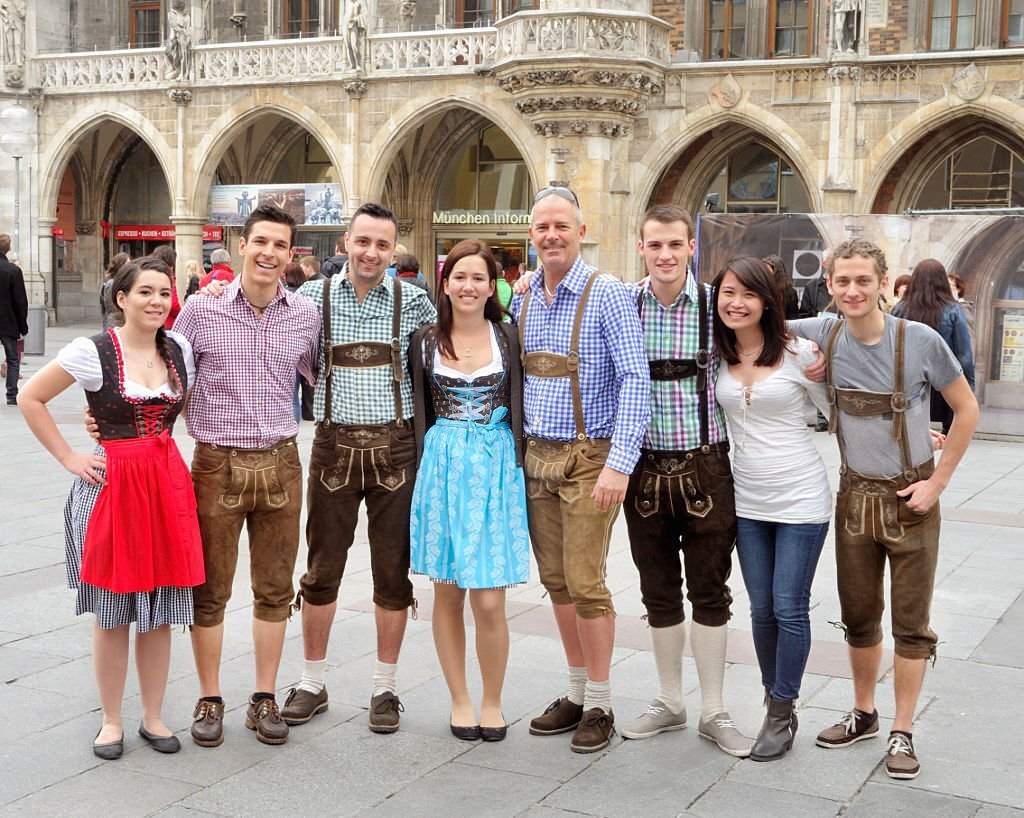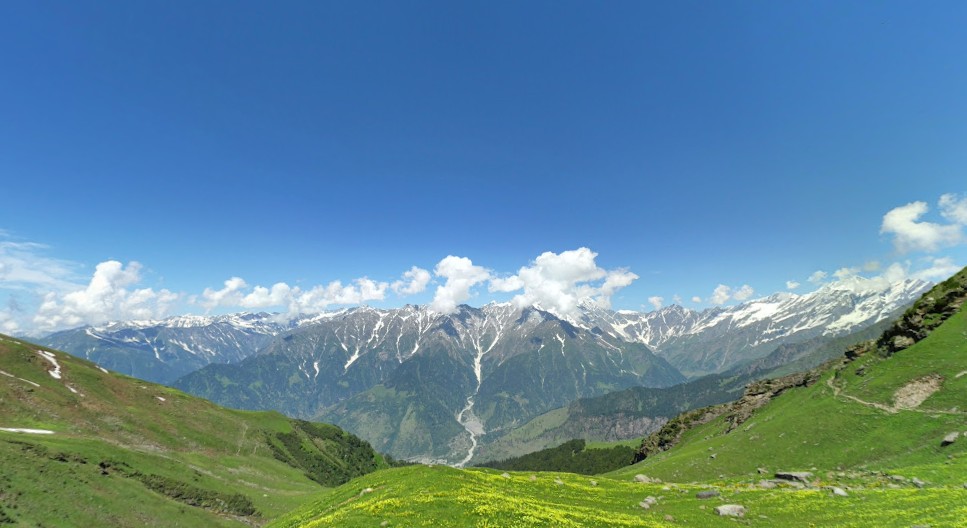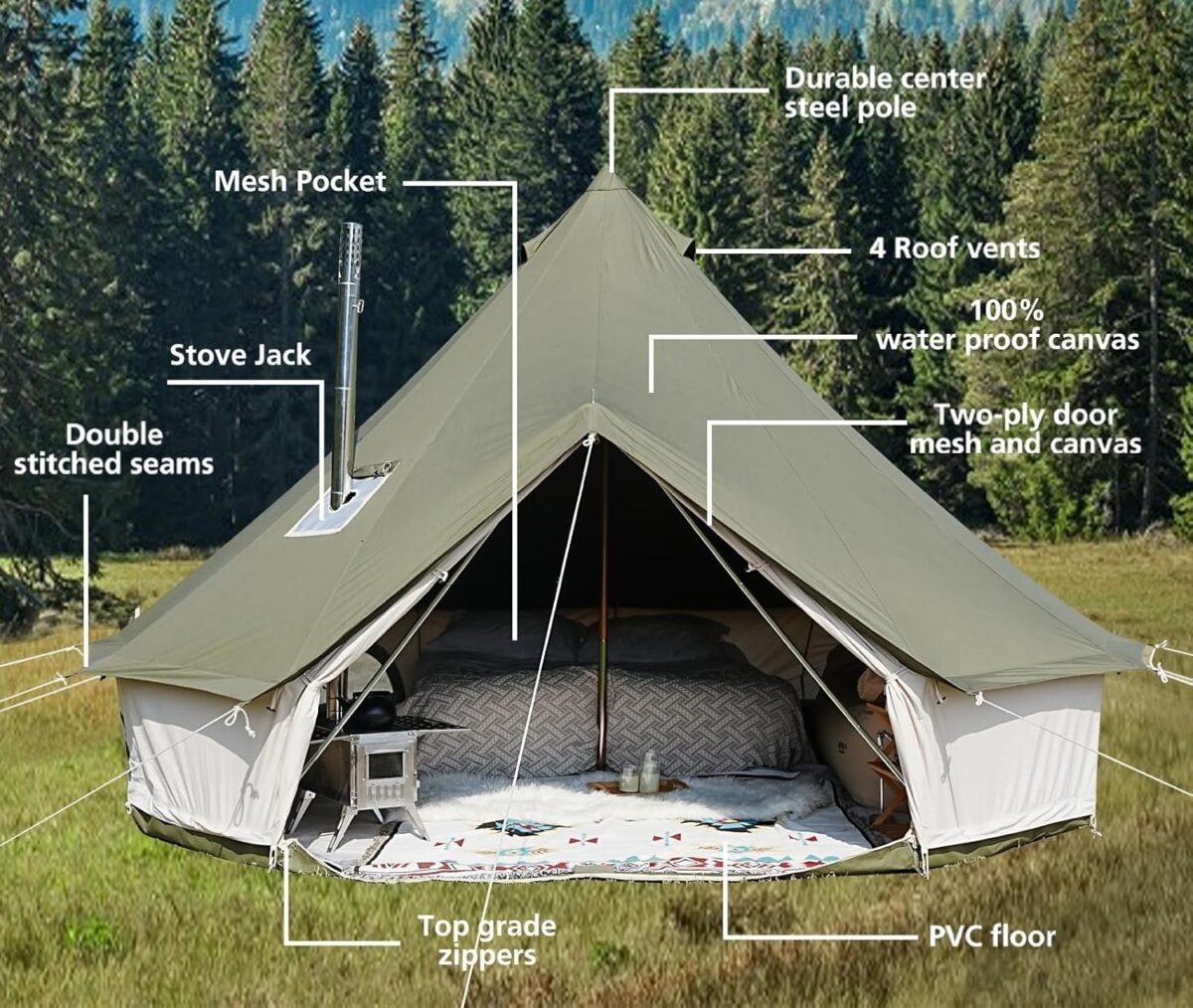Classic Oktoberfest Outfits: Lederhosen & Dirndls

Every autumn, millions of people from around the globe flock to Munich, Germany, to partake in the world’s largest beer celebration—Oktoberfest. While beer tents and hearty Bavarian cuisine take center stage, the vibrant and traditional clothing worn by festivalgoers is just as iconic. The sight of men in lederhosen and women in dirndls has become a cherished symbol of this cultural celebration. But these garments are much more than just eye-catching attire—they are rich in history, tradition, and meaning.
In this article, we’ll explore the origins, significance, modern variations, and styling tips for both lederhosen and dirndls, offering a complete guide to dressing authentically and confidently for Oktoberfest.
A Brief History of Oktoberfest Attire
The roots of Oktoberfest date back to 1810, when the royal wedding of Crown Prince Ludwig (later King Ludwig I) and Princess Therese of Saxony-Hildburghausen was celebrated with a public horse race and festivities. The event was such a success that it became an annual tradition. Over the years, Oktoberfest evolved into a grand festival of Bavarian pride, and traditional clothing naturally became part of the celebration.
Lederhosen and dirndls are not costumes, but actual regional garments that date back centuries. They were originally worn by Alpine peasants, farmers, and workers due to their practicality and durability. Over time, these outfits came to symbolize Bavarian identity and rural heritage.
Lederhosen: The Quintessential Bavarian Look for Men
Lederhosen, which translates literally to “leather trousers,” are perhaps the most recognized garment associated with Oktoberfest. These tough, short or knee-length pants are traditionally made from high-quality leather such as deerskin, goatskin, or cowhide. The material is not only durable but also molds to the wearer’s body over time, offering increased comfort.
Origins and Evolution
In the 18th and 19th centuries, lederhosen were worn by laborers for physical work in harsh Alpine environments. They were practical, rugged, and easy to clean—perfect for daily use. However, by the late 1800s, a movement to preserve traditional dress saw the lederhosen elevated from peasant wear to a symbol of regional pride, especially as industrialization began to change rural life.
Traditional Features
-
Embroidery: Most lederhosen feature intricate embroidery along the front flap, pockets, or suspenders. These designs often represent the wearer’s region or family heritage.
-
Front Drop Flap (Hosenlatz): A distinguishing feature of authentic lederhosen, this flap replaces the traditional fly.
-
Suspenders (Hosenträger): Lederhosen are commonly paired with leather suspenders that are either plain or elaborately embroidered, often including a chest cross-strap.
-
Length Options: There are short (above the knee), knee-length (kniebundhosen), and even long versions available, depending on the region and preference.
Styling Tips
For a complete and authentic Oktoberfest look, pair your lederhosen with:
-
A white or checkered Bavarian shirt (blue or red are common)
-
Long wool socks or loferl (calf warmers)
-
Haferlschuhe (traditional Bavarian shoes)
-
An alpine hat with a feather or pin for added flair
Modern variations may include softer leather, a slimmer cut, and even vegan materials—but the classic look remains timeless.
Dirndls: Traditional Dress with Elegance and Meaning
The dirndl is the traditional dress worn by women at Oktoberfest, and it holds just as much cultural weight as lederhosen. Originally worn by maids and rural women in the Alps as practical daily clothing, the dirndl evolved over time into a fashionable expression of femininity and heritage.
Origins and Cultural Relevance
The dirndl, like lederhosen, emerged in the 19th century. Its name is derived from “Dirndlgewand,” meaning “maid’s dress.” Wealthy urbanites began wearing stylish versions of the dirndl in the early 20th century, contributing to its popularity and solidifying its place in Bavarian culture.
Today, dirndls are worn with pride at Oktoberfest and various other folk festivals (Volksfeste) across Germany and Austria.
Components of a Dirndl
-
Bodice: Typically fitted and designed to emphasize the waistline. Often includes lace, buttons, or ribbon detailing.
-
Blouse: Worn underneath the bodice, usually with puffed sleeves and neckline details like lace or embroidery.
-
Skirt: Can vary in length from mini to ankle-length, though the classic look falls just below the knee.
-
Apron: Tied over the skirt and always full of symbolism.
Apron Bow Placement – What It Means
Where a woman ties her apron bow actually signals her relationship status:
-
Right side: Taken or married
-
Left side: Single and possibly looking
-
Center: Virgin or undecided
-
Back: Widowed or a server
Styling Tips
To complete the dirndl look:
-
Pair with comfortable, closed-toe shoes or traditional pumps
-
Accessorize with a choker, traditional jewelry, or a floral crown
-
Carry a small handbag or crossbody for essentials
Dirndls come in a wide range of colors, fabrics, and designs—from modest and traditional to modern and glamorous—making it easy to find a style that suits your personality.
Modern Twists & Global Influence
While the classic forms of lederhosen and dirndls remain popular, modern designers have embraced these garments with creative flair. You’ll now find:
-
Shorter or stylized dirndls in silk or velvet
-
Lederhosen with edgy cuts and contemporary colors
-
Matching couple outfits
-
Children’s versions that are adorable and functional
Additionally, Oktoberfest-inspired events around the world have helped spread Bavarian fashion to places like the U.S., Canada, Australia, and Brazil. Global brands even release seasonal “Oktoberfest collections,” blending tradition with trend.
Why Traditional Outfits Matter
Wearing lederhosen or a dirndl is about more than just fitting in at Oktoberfest—it’s about respecting and celebrating a deeply rooted cultural heritage. These garments represent the history, craftsmanship, and pride of Bavarian and Alpine communities. They foster a sense of unity and belonging among locals and visitors alike.
Whether you’re a German native, a tourist visiting Munich, or someone attending a local Oktoberfest celebration abroad, embracing the traditional dress brings authenticity and fun to your experience.
Where to Buy Oktoberfest Outfits
If you’re looking to invest in traditional attire, here are a few options:
-
Specialty Shops in Germany or Austria: Offer the most authentic pieces with custom fitting
-
Online Retailers: Many websites specialize in Oktoberfest outfits with international shipping
-
Oktoberfest Pop-Up Stores: Common in major cities hosting the event
-
Thrift & Rental Services: Great for one-time wear or budget-conscious shoppers
When shopping, be sure to check sizing carefully and prioritize quality if you plan to attend more than once.
Conclusion
Oktoberfest is a vibrant, joyful celebration of Bavarian culture, and the traditional outfits of lederhosen and dirndls are an essential part of the experience. These garments go far beyond their festive appearance—they carry centuries of history, regional pride, and personal expression.
Whether you choose a classic, traditional look or a more modern take, wearing Oktoberfest attire allows you to fully immerse yourself in the spirit of the festival. So grab your stein, don your tracht (traditional clothing), and raise a toast to culture, community, and celebration.









